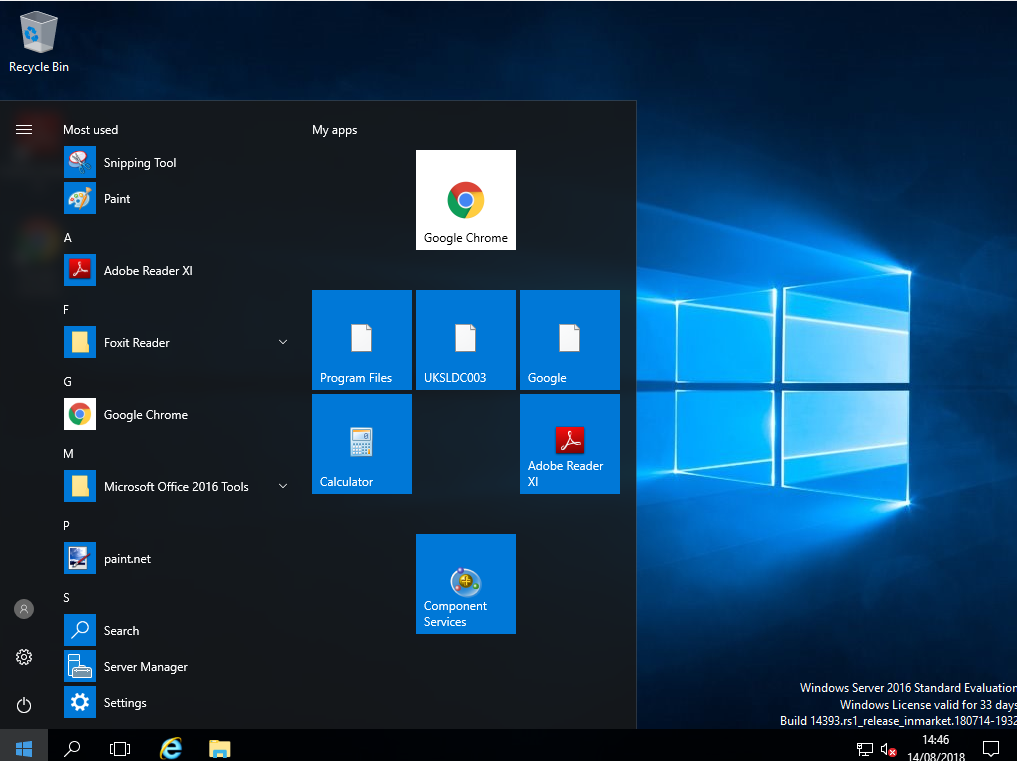
One of the early (created in 1988) tiling WMs was Siemens' RTL, up to today a textbook example because of its algorithms of automated window scaling, placement and arrangement, and (de)iconification. In 1986 came Digital Research's GEM 2.0, a windowing system for the CP/M which used tiling by default. Microsoft's Windows 1.0 (released in 1985) also used tiling (see sections below). Next in 1983 came Andrew WM, a complete tiled windowing system later replaced by X11. Later, Xerox PARC also developed CEDAR (released in 1982), the first windowing system using a tiled window manager. The first Xerox Star system (released in 1981) tiled application windows, but allowed dialogs and property windows to overlap. In computing, a tiling window manager is a window manager with an organization of the screen into mutually non-overlapping frames, as opposed to the more common approach (used by stacking window managers) of coordinate-based stacking of overlapping objects ( windows) that tries to fully emulate the desktop metaphor. I get close enough to my optimum layouts without the need for a mouse or the restrictions of a tiling WM.The dwm window manager with the screen divided into four tiles. I have shortcuts for positioning in each corner of my 3 monitors and resizing to near full or half screen sizes. Logic dictates that the best window management is that you can place any window where you want it and size it to a particular size to fit. With variations of the following in your rc.xml, window positioning in Openbox can be precise and based in a simple key combination.


screen is a good alternative to a tiling wm. i also don't like.sorry, make that can't asterisking stand vimperator. tiling wms are great for terminal apps, but as has been pointed out before, not so great for something like gimp (they turn gimp into an etch-a-sketch). I went through a period of using tiling window managers, but have returned to using openbox.


 0 kommentar(er)
0 kommentar(er)
